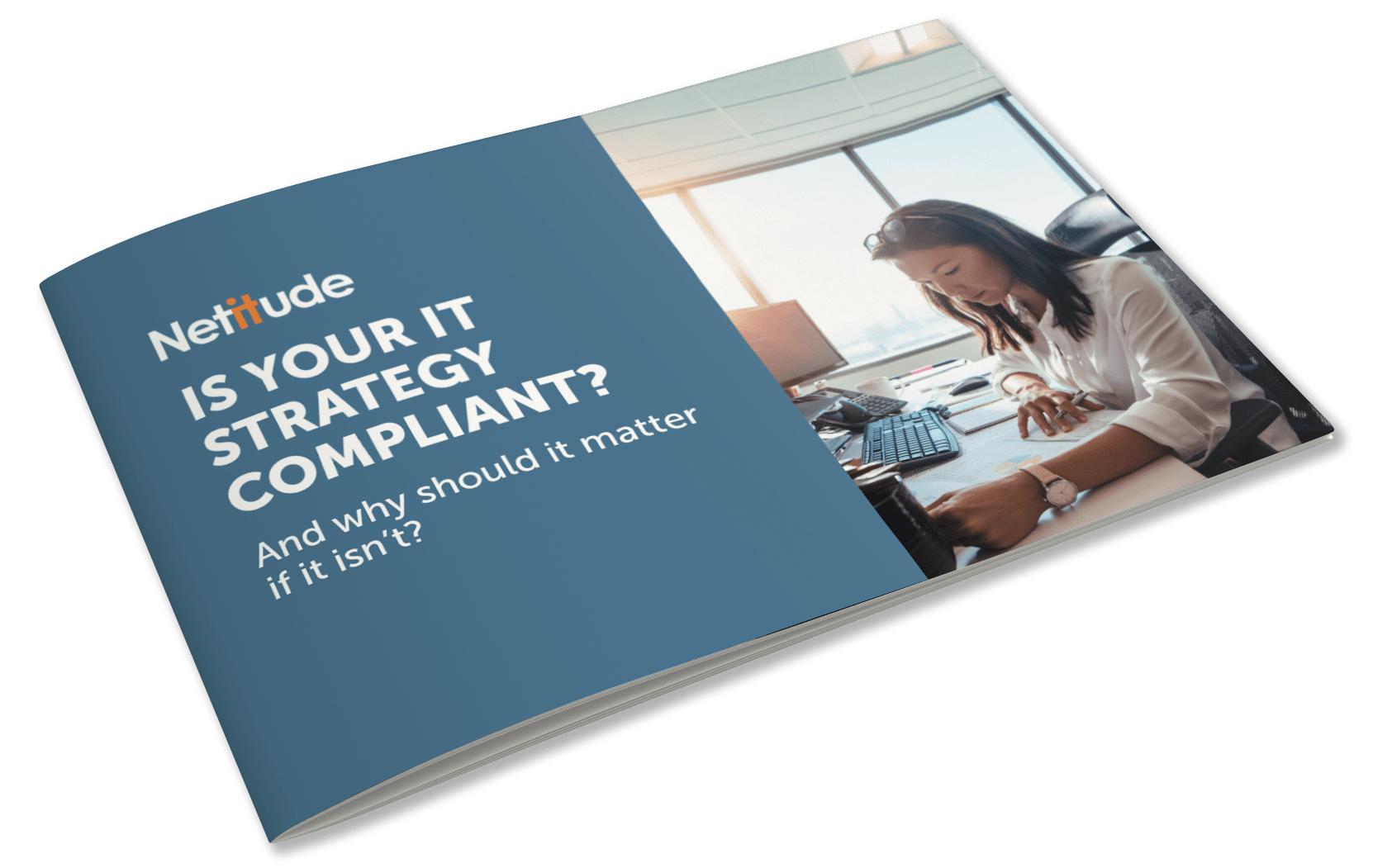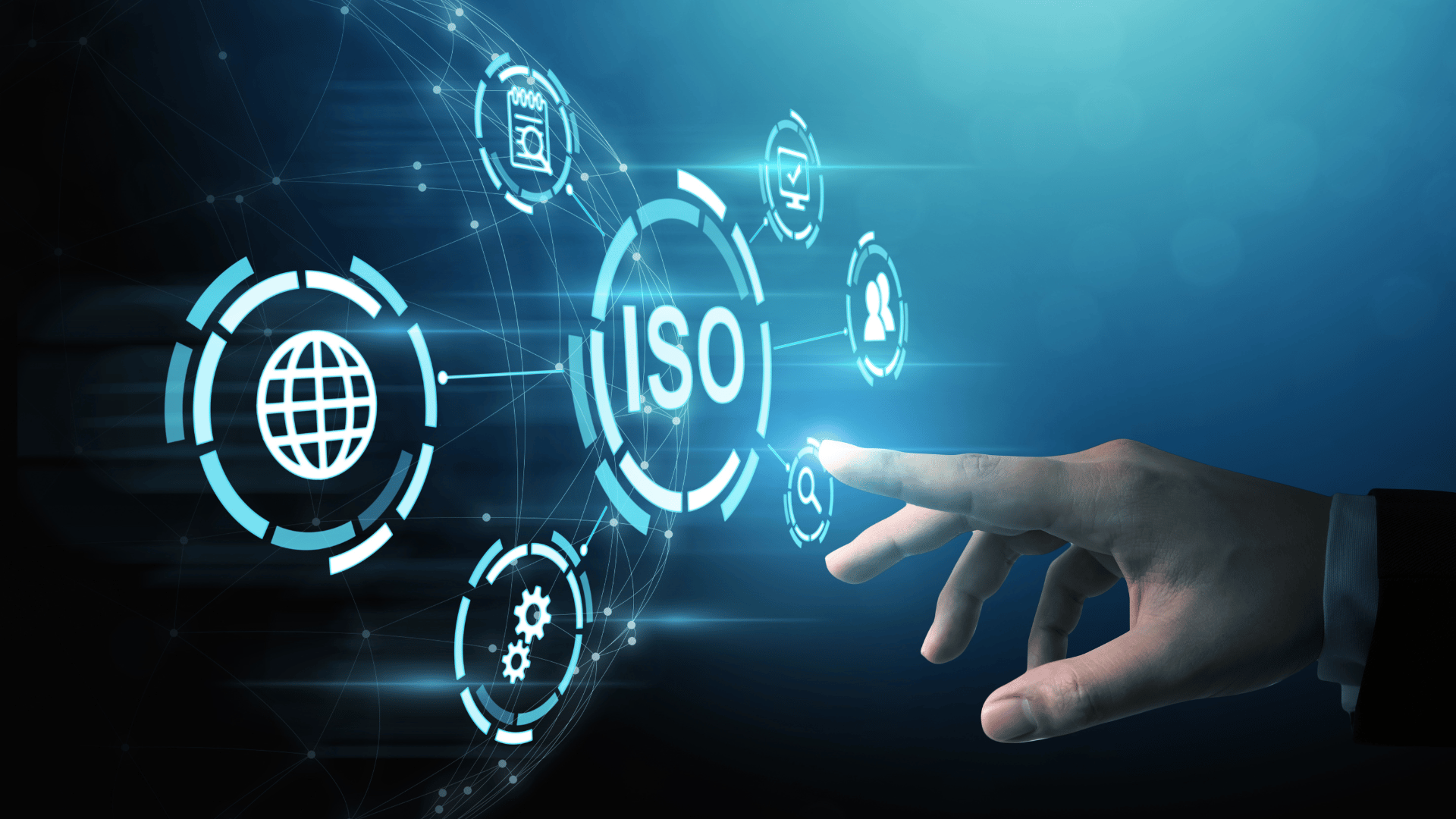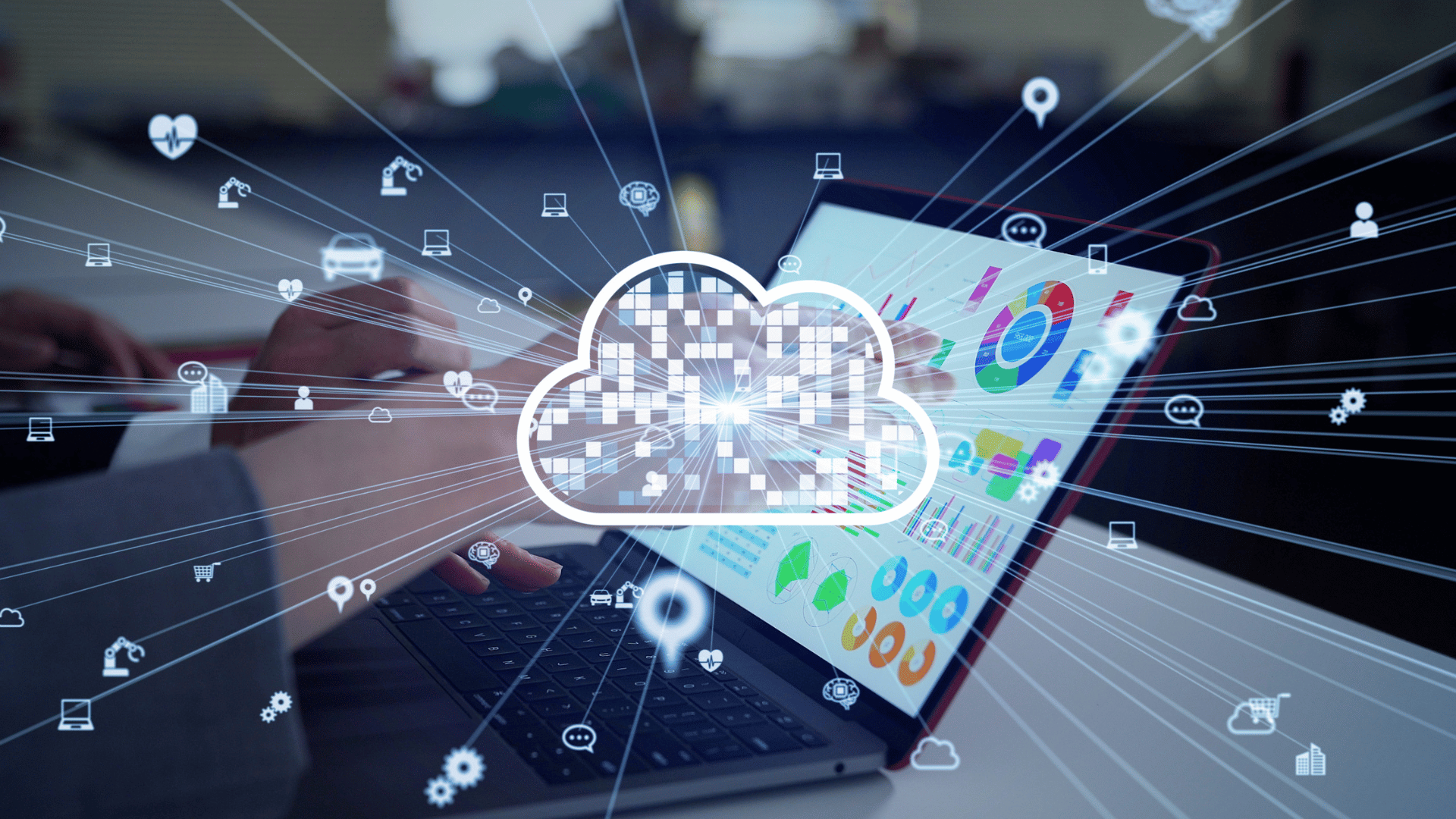Backup & Disaster Recovery Services
Keep your data safe and accessible at all times
Protect your data centres with world-class, cloud-based disaster recovery technology.
Keep your data safe and accessible at all times with our comprehensive Backup and Disaster Recovery (BDR) solutions. Protect your network infrastructure with world-class, cloud-based disaster recovery technology designed to ensure minimal downtime and data loss, even in the face of natural disasters or power outages.
The term ‘disaster’ often conjures up extreme events like fires, floods, or burglaries. However, more common occurrences such as software failure, accidental damage, cyberattacks, or human error can also disrupt business operations and compromise data integrity. With most of the workforce now working remotely, the risk of such incidents has increased, making robust disaster recovery plans more crucial than ever.
Key Features of Our BDR Service:
With time to recovery measured in minutes rather than days, our BDR service offers the following:
-
Continuous data protection with backups every 15 minutes to ensure minimal data loss
-
Rapid recovery time objective (RTO) measured in minutes, ensuring your systems are fully operational within 30 minutes of a disaster
-
Flexible data storage options, including on-premises physical servers, public cloud, or our secure & private data centre, with strong encryption for maximum data protection
-
Compatibility with both physical and virtual servers for seamless recovery and scalability.
-
Service BaaS (Backup as a Service) to manage and automate your backup processes effectively.
Our solutions ensure that your data remains protected, whether you're dealing with a physical server or a virtual server, and your business can continue to operate smoothly.
Backup Solutions You Can Trust
Many businesses struggle with disparate backup systems that are incompatible with each other, leading to delays and complexities in the recovery process. Our BDR service offers a cost-effective solution with unique functions, such as the ability to restore entire server images onsite or in the cloud, ensuring swift business continuity planning without compromising on data integrity.
The technology we use for our IT backup and disaster recovery service provides a cost-effective solution with many unique functions. For example, you can restore an entire server image either onsite (with on-premises hardware) or in the cloud with a full off-site replica.


BDR Strategies for Business Continuity
In the event of an environmental disaster like a flood or fire, our disaster recovery (DR) plans and strategies ensure the security and safety of your data, allowing your business to continue operations seamlessly. With hot site and off-premises locations equipped with the necessary equipment, we enable your company to resume regular activities with minimal disruption.
Netitude's disaster recovery strategies ensure the security and safety of your data and keep your business running smoothly in the event of a disaster.
With our technologies, we can allow access from temporary locations using a hot site and off-premises location where your business's work can continue during a disaster—all with the necessary equipment for your company to resume regular activities.
Monitoring Risks and
Ensuring Compliance
It is estimated that 60% of companies that lose their data will fail within six months. This statistic shows just how much of a priority organisations must place on having the right Backup and Disaster Recovery (BDR) system in place.
Data loss can have devastating consequences for businesses; that’s why we’ve created a solution for businesspeople that will not only minimise the risk of data loss but also monitor, back up, and restore data regularly to ensure complete peace of mind. Additionally, we help businesses maintain IT compliance by ensuring adherence to data privacy and security standards relevant to their industry.
Only one-third of businesses check their data backup, and of those, only three-quarters have been found to work. Malware can infect your company's entire system with one click.
Netitude's solution not only minimises the risk of lost data but also regularly checks, monitors, backs up and restores it to ensure complete peace of mind.

Getting to Grips with Recovery Time Objective (RTO) & Recovery Point Objective (RPO)
Recovery Time Objective (RTO)
RTO refers to the maximum acceptable downtime for a system or application after a failure. In other words, it’s the time it takes to restore a business's ‘normal’ organisational operations following an incident. Organisations set specific RTOs in relation to their business needs, weighing up the cost of downtime against the cost of integrating faster recovery contingencies.
Recovery Point Objective (RPO)
RPO, contrastingly, focuses on data loss specifically. An RPO represents the maximum amount of data that an organisation is willing to lose during a recovery process due to a cyber incident. Recovery point objectives define the number of data backups or synchronisation intervals; if an organisation has an RPO of two hours, it means it can withstand losing up to two hours’ worth of data.
Key Differences Between RTO & RPO
- Time vs. Data Loss:
- RTO emphasizes time: How quickly can you get back up and running?
- RPO emphasizes data: How much data can you afford to lose?
- Impact on Business Continuity:
- RTO directly impacts business continuity. Longer RTOs may lead to revenue loss, customer dissatisfaction, and reputational damage.
- RPO affects data integrity. Failing to meet RPO can result in incomplete or outdated data during recovery.
- Mitigation Strategies:
- To improve RTO, consider redundant systems, failover mechanisms, and efficient backup processes.
- To enhance RPO, implement frequent backups, data replication, and disaster recovery solutions.
RTO & RPO Best Practices
- Define Clear Objectives:
- Understand your organisation’s critical systems and their importance.
- Set realistic RTO and RPO goals based on business impact.
- Regular Testing:
- Regularly test your disaster recovery processes to ensure they meet the defined objectives.
- Adjust as needed based on test results and changing business requirements.
- Communication and Documentation:
- Document RTO and RPO policies.
- Communicate these objectives to relevant stakeholders.
What is DRaaS?
Disaster Recovery as a Service (DRaaS) is a third-party solution that delivers data protection and disaster recovery capabilities to enterprises on demand, over the Internet, and on a pay-as-you-go basis.
Understanding Service DRaaS
Service DRaaS extends way beyond basic disaster recovery (DR).
It includes additional services and elevated features such as:
- Managed Services: Service DRaaS providers offer proactive monitoring, testing, and ongoing management of your disaster recovery environment.
- Customisation: Tailor your DRaaS solution to meet specific business needs, including recovery time objectives (RTOs) and recovery point objectives (RPOs).
- Business Continuity Planning: Service DRaaS integrates with your overall business continuity strategy, ensuring seamless operations during disruptions.
Building Effective Disaster Recovery (DR) Plans
A well-structured, cohesive DR plan is essential for minimising downtime and data loss. Our technology experts recommend adhering to the following steps to build a successful DR plan:
1. Risk Assessment: Before developing your disaster recovery plan, it’s important to identify any potential risks and threats to your existing IT infrastructure. We also recommend prioritising critical systems and applications, as those will matter when disaster strikes.
2. Define your RTO and RPOs: In the second step, it’s essential that you set realistic Recovery Time Objectives (RTOs) and Recovery Point Objectives (RPOs) – scroll up for a recap on what RTOs and RPOs are!
3. DR Solution Selection: Now, it's time to decide whether to build your own Disaster Recovery infrastructure or opt for the safe bet of a DRaaS. You can make your decision by weighing up the costs, risks involved, and potential for scale in the future.
4. Testing and Maintenance: Unfortunately, the hard work doesn’t stop here. We highly recommend that you test your DR plan regularly to ensure it works as expected. It’s also essential that you update your DR plans and strategies with any big changes to your production environment.
The important thing to remember here is that a robust DR strategy ensures business continuity and protects against any unexpected disruptions to your business. Therefore, it’s always going to be worth investing in.

Learn about the importance of IT compliance
As data breaches become increasingly common, maintaining the security and privacy of customers is a significant concern for businesses and the IT organisations that support them. For IT security, compliance means ensuring that your organisation meets the standards for data privacy and security applicable to your specific industry.
Download our guide to find out more about compliance.

“We found the process of working with Netitude very good, in fact, excellent. They have done exactly what they promised; audited our IT infrastructure first and then pointed out the problems and created a plan to remedy it over time.”
Faith Parker
HR Director | B R Hodgson
Book an IT audit today
An IT audit will give you a clear picture of your current IT systems and cyber security position. Then, we'll develop a strategy to drive your business forward.
Unless you're starting from scratch, an audit is the first step to building a successful relationship with your chosen managed IT provider. Let's get started!




